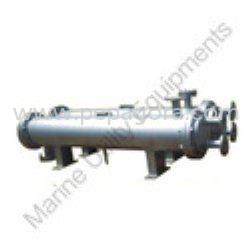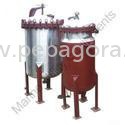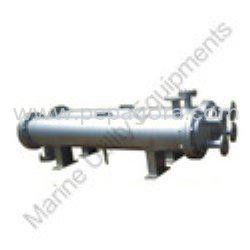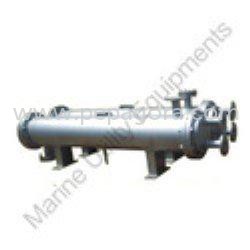Marine Utility Equipments
Product Range
Fact Sheet
- Location:Punjab, India
- Year of Establishment:1990
- Business Type:Manufacturer, Retailer, Exporter
- Turnover:Rs. 50 Lakh - 5 Crore
(or USD 100 K - 1 Million) - Main Products:Industrial Cooling Tower, Industrial Heat Exchanger
- Reviews & Rating:
Get Verified, Sell more with
- Buyer's trust
- Faster conversions
- Better Rankings
- More
Its Free
Verify NowAir Cooled Heat Exchangers
Air cooled Heat Exchangers Air cooled heat Exchangers are same In the Functions of Finned Tube Heat Exchanger. This type of Heat Exchangers are Specially used in Large Quantity cooling Requirements.
- FOB PriceNA
- Min Order QuantityNA
- Payment TermsNA
Other Details
Air cooled Heat Exchangers
Air cooled heat Exchangers are same In the Functions of Finned Tube Heat Exchanger. This type of Heat Exchangers are Specially used in Large Quantity cooling Requirements. We are main Suppliers Air cooled Heat Exchangers for Oil Refineries and Process Fluid Cooling.
Types of Air cooled Heat Exchangers:
1. Forced Draft ACHE
The most economical and most common style air cooler, the forced draft ACHE, uses axial fans to force air across the fin tube bundle. The fans are positioned below the bundle thus not exposing the mechanical sections to the hot exhaust airflow. The forced draft air cooler also simplifies future plant expansion by providing direct access to bundle for replacement. Structural disassembly is not required.
2. Induced Draft ACHE
The second most economical and most common style air cooler is the induced draft ACHE. This design uses axial fans to pull air across the fin tube bundle. The fans are positioned above the bundle thus offering greater control of the process fluid and bundle protection due to the additional structure. Lower noise levels at grade are another benefit. The induced draft air cooler does require some structural disassembly if bundle replacement is required.
Types of Air cooled Heat Exchanger Design
1. Counter-Current Flow
From Our Supply, This is the most common in the process industry, It cools the hottest fluid with the warmest air, and the coldest fluid with the coldest air. In other words, the process fluid enters the heat exchanger and passes through the finned tubes at the top of the bundle. These top tubes are exposed to air warmed by the lower tube rows. As the process fluid cools and passes through the lower tube rows, the air temperature is lower as it has been exposed to less and less tube rows.
2. Co-Current Flow
This flow pattern is typically used in processes with critical pour points as it provides the highest outlet process temperature control since it has the lowest efficiency. In this pattern the ambient air cools the hottest fluid, and the hottest air attempts to cool the coldest fluid. The shaded arrows to the right illustrate this flow pattern.
3. Cross-Current Flow
Most common in the gas compression industry, the cross-current flow pattern exposes each pass of the process fluid to the same air stream. Therefore the pass plates inside the headers are vertical, rather than horizontal, to allow the fluid to pass perpendicular to the air stream.
Images








